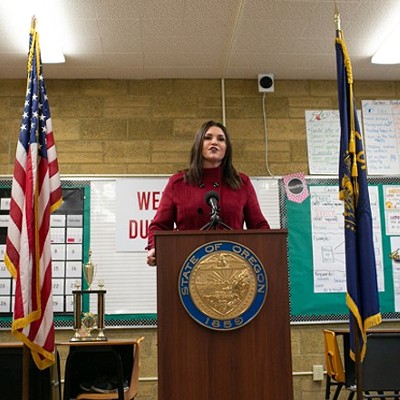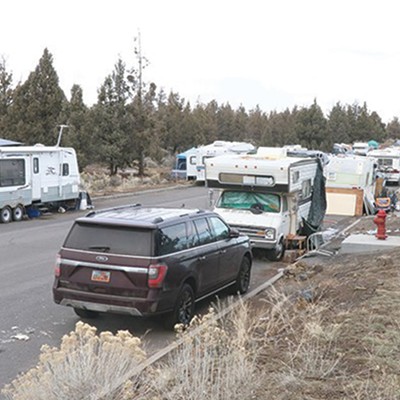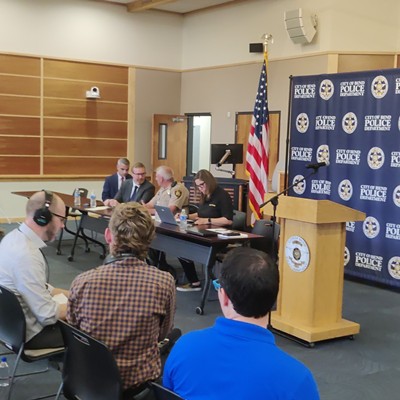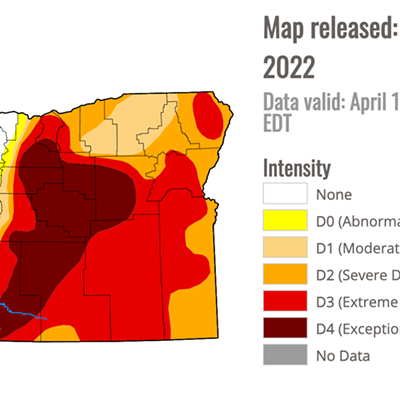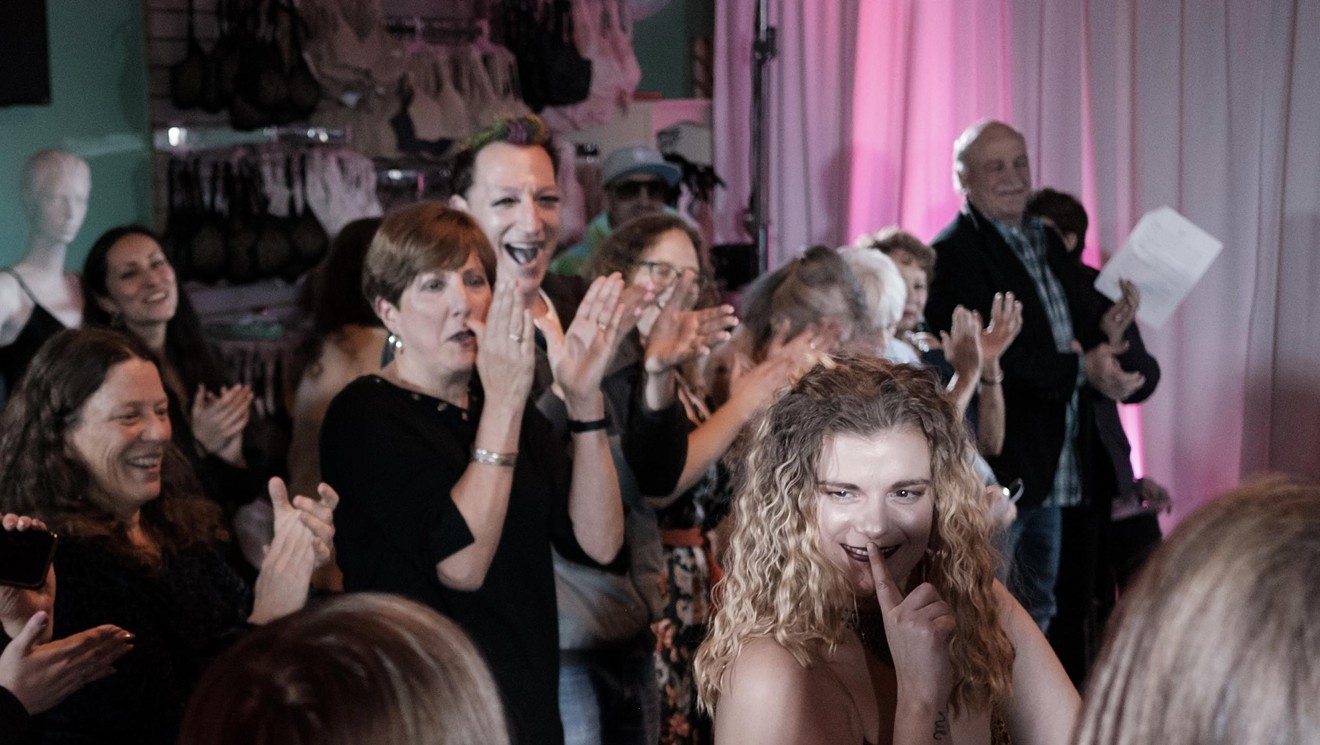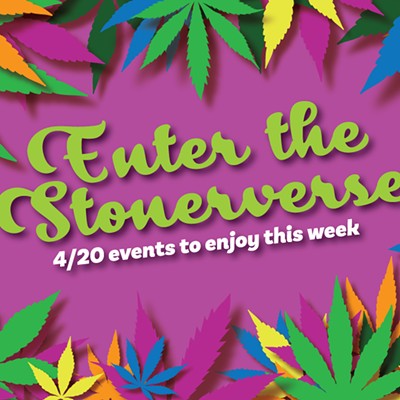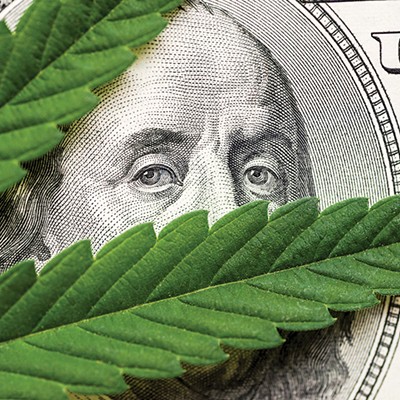The public debate about cannabis legalization has been dominated by one core argument in favor of keeping pot illegal. Legalization "sends the wrong message" to children, leading them to see pot as relatively harmless, and will cause more young people using cannabis. When California became the first state to legalize medical marijuana in 1996, federal government officials issued dire warnings to Golden State voters.
Thomas Constantine, the then-Director of the Drug Enforcement Administration, expressed the fear succinctly when he said, "How can we expect our children to reject drugs when some authorities are telling them that illegal drugs should no longer remain illegal, but should be used instead to help the sick? We cannot afford to send ambivalent messages about drugs."
In the 20 years since that vote, many states have followed California's lead. Now, medical marijuana is legal in half of the states, and so-called recreational use for adults is legal in four states, with another 11 states on the cusp of recreational legalization. But the warnings from federal officials have not changed. In 2010, Gil Kerilowske, President Obama's drug czar, complained that, "We have been telling young people, particularly for the past couple years, that marijuana is medicine. So it shouldn't be a great surprise to us that young people are now misperceiving the dangers or the risks around marijuana."
In the same 20-year period, high school students have come to see cannabis as much less harmful. For example, in 1996, 60 percent of US twelfth-graders said regular cannabis use carried "great risk," but only 32 percent agreed with that statement in 2015. High school students were also much less likely to disapprove of occasional or regular cannabis use in 2015 than they were in 1996. These data are from the Monitoring the Future Survey, which surveys 8th-, 10th- and 12th-graders each year.
Although that data supports the contention that relaxed cannabis laws caused young people to see cannabis as less harmful, a correlation cannot be used to prove causation. What is clear, however, is that cannabis use among children is not increasing. According to the National Survey on Drug Use and Health, teen cannabis use fell by 16 percent between 2002 and 2013, at the height of the legalization wave. At the same time, the prevalence of "marijuana use disorders" plunged by 24 percent.
That finding, if accurate, does disprove the theory expounded by federal officials that legalizing cannabis would cause increased use among children. And that's true regardless of whether their changed attitudes about cannabis are justified.

